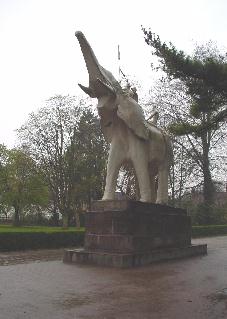
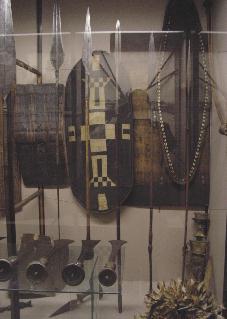
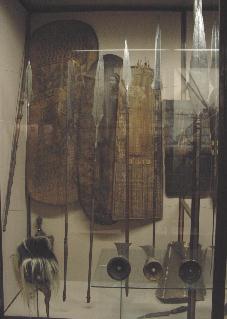
Assorted spears & shields.
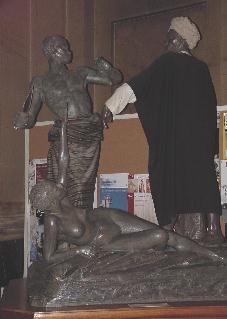
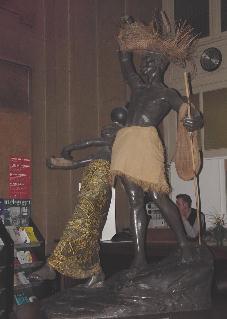
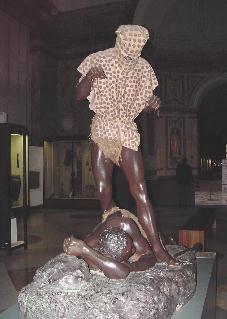
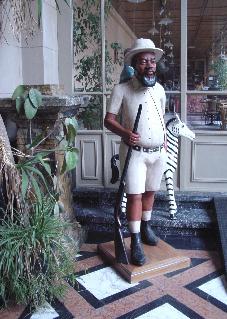
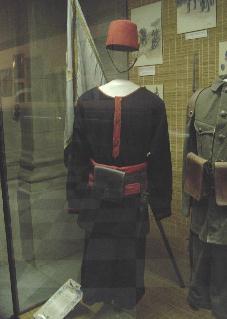
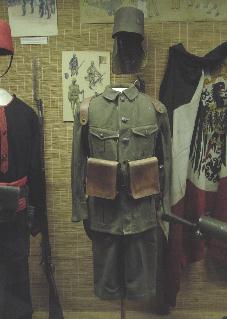
(Force Publique).
(Force Publique).
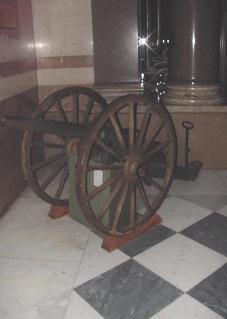
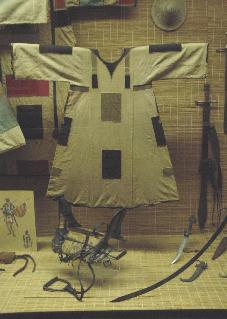
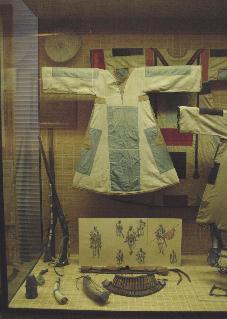
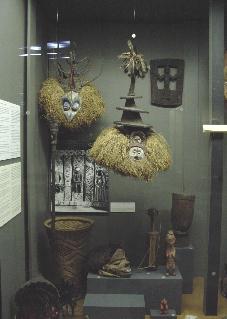
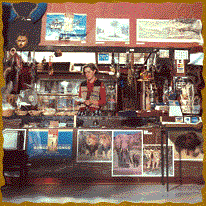
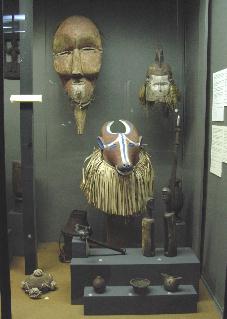
Beautiful masks to model in 28 mm...
THIS
PAGE IS ALWAYS UNDER CONSTRUCTION, SO PLEASE VISIT AGAIN.
DEEPEST,
DARKEST AFRICA.
the
items shown in the pictures below are all on display in the Belgian Royal Museum
for Central Africa in Tervuren.
In order to arouse public interest in the Congo Free State King Leopold II had a major exhibition organised in 1897 on the country and its importance for Belgium. To this end a new building – "le Palais Colonial" – was erected in Tervuren. To reach this palace from the Palais du Cinquantenaire in Brussels (where the Belgian Royal Museum of the Army and Military History is situated) a large double avenue – the Avenue de Tervuren – was constructed through the Forêt de Soignes.
Inside this Palais Colonial animals, plants, ethnographic objects, sculptured groups depicting scenes of African life, and the principal export products of the Congo were shown in an Art Nouveau presentation. The exhibition was very successful and resulted in such a great scientific interest in the animals, plants and ethnographic objects of Central Africa that the King decided to transform the exhibition, from 1898 onwards, into a permanent museum with scientific services.
Thus the Musée du Congo was born, which became later – after 1908 – the Musée du Congo Belge .
From 1898 onwards the scientific mission of the Museum became its main task and because of the rapid growth of scientific collections from Central Africa the need for a new and bigger building was felt very soon. Thus the present Main Building was erected between 1906 and 1910.
This building comprises:
the
Exhibition Halls
the Main Library
five Scientific Sections
The Administrative Services and the nine remaining Sections are spread over
the premises and the old, restored Palais des Colonies.
Section “History of the Belgian Presence Overseas”
The
Section “History of the Belgian Presence Overseas” is accommodated,
since 1987, in the Stanley Pavilion, so called after the building had been refurbished
following the acquisition of an important Stanley-archive from England. Collections
are inventorized in the most appropriate way and made accessible for research.
A number of pieces are exhibited in the Stanley Pavilion itself, or in two halls
of the Museum that are devoted to the history of colonisation.
The Section houses rich archives about the geographical exploration, the expansion
policy of Leopold II, the Congo Free State, Belgian Africa during colonial government
and decolonisation. A large photographic library, a film library and a collection
of tapes can be consulted as well. The Section keeps a collection of modern
art inspired by Africa, maps from the XVIth century onwards, etc.
The
pictures shown below have been taken by the author in order to provide some
(extra) information about the "real thing",
thus assisting fellow-wargamers in painting, modelling and building their miniature
armies.
 |
 |
 |
|
1/1 scale war elephant statue on the museum parking.
|
Assorted spears & shields. |
More
weaponry.
|
|
|
||
 |
 |
 |
|
Vignette
symbolising slavery.
|
On
the way to the market.
|
Leopardman:
your worst nightmare.
|
|
|
||
 |
 |
 |
|
The
great white hunter.
|
Belgian
askari uniform (blue)
(Force Publique). |
Belgian
askari uniform (khaki)
(Force Publique). |
|
|
||
 |
 |
 |
|
Nordenfelt
47 mm gun.
|
Dervish
clothing & weapons.
|
More
of the same.
|
 |
 |
 |
|
|
The
museum shop (goodies!).
|
How
is this for a witchdoctor?
|